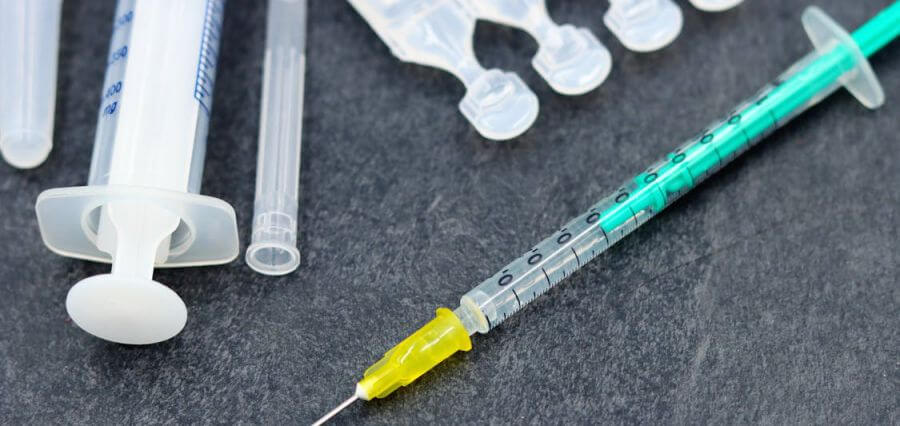Many industries use plastic components. Components made of various plastics are used to construct, improve, and protect a vast array of products, including medical gadgets, home appliances, and automobiles.
One of the most popular methods for creating plastic parts is injection molding, which offers dependable, superior performance. In fact, the market for injection-molded plastics is predicted to develop at a compound annual growth rate (CAGR) of 4.6% through 2028.
However, the plastic injecting molding process needs to be strictly regulated to preserve the quality of the finished parts, even if it may quickly make large quantities of plastic components. Here, we will explore the key benefits of plastic injection molding and how experienced manufacturers control the process. Let’s begin.
- Cost Efficiency
Plastic injection molding offers a very low unit price for mass production, making it highly economical. After mold creation, the marginal unit price is significantly low, making it viable for long manufacturing runs.
Moreover, because of improved economic factors like low material wastage, automation, and quick processing, manufacturers can demand competitive rates on parts compared to other methods.
Additionally, using reprocessed plastics through the process reduces even further costs and is hence effective in terms of environment and expenses.
Such cost-efficiency factors are a crucial determinant of the preference for plastic injection molding in sectors with high volume demand.
- High Precision and Consistency
Plastic injection molding is very useful in mass production. It helps achieve high accuracy, making it possible to manufacture complex and elaborate designs while minimizing error.
This is achieved by designing and manufacturing molds with tight tolerances. Once the mold is secured in position, the procedure is highly repeatable, allowing the formation of identical parts.
Such precision is essential in the medical and electronics industries.
Moreover, the components are expected to meet stringent requirements. There is little risk of discrepancies and errors requiring rework, which would result in wasted resources and time in the production process.
- Design Flexibility
One of the apparent strengths of plastic injection molding is its design flexibility. The process can be sophisticated and very complex, and intricate shapes are more than possible.
This flexibility allows manufacturers to create innovative parts that might be impossible to achieve with other production methods.
Additionally, different types of molds can then be used for various materials, colors, and textures, all of which contribute to the final product’s aesthetic appeal.
This flexibility supports the manufacture of functional parts across industry applications. This ranges from elegant automotive parts to ergonomic consumer goods without sacrificing durability or quality.
- Durability and Strength
Parts produced by plastic injection molding are not only aesthetically respectable but also solid and robust. By choosing the appropriate type of plastic, parts can be made stronger, with higher impact resistance or better chemical stability.
This is excellent in cases where auto parts are subjected to heavy usage or placed in harsh environments. Many industries, such as aerospace and automotive, rely on the durability of injection-molded parts to maintain:
High performance
Safety standards
Moreover, the ability to adjust material properties adds to the process’ versatility, meeting diverse durability needs.
- Speed and Scalability
A dependable option for high-demand situations, plastic injection molding’s speed makes it highly efficient for mass production.
After the initial mold is made, parts can be produced quickly, allowing for a high output quickly.
Moreover, automated machinery further increases production speed, allowing manufacturers to meet deadlines and quickly respond to market demands. This scalability is crucial for industries that need large quantities of products in a limited time.
Wrapping up
Plastic injection molding is a powerful and versatile manufacturing technique that provides several advantages.
It enables producers to swiftly and economically create intricate, superior parts, satisfying the many demands of sectors ranging from consumer electronics to the automotive industry.
Plastic injection molding is a crucial procedure that propels creativity and efficiency in contemporary production as materials and technology develop.
For today’s industrial demands, plastic injection molding is a priceless option that blends quality with usefulness, whether you need high-volume production or customized solutions.


